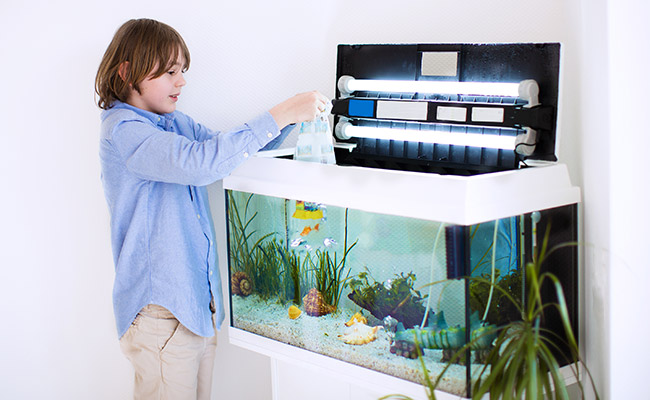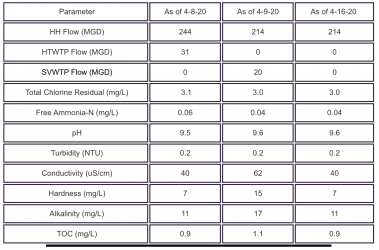Thanks for your post Byron, you have been incredibly helpful since I started posting here. For my established tank, I have only introduced Prime once, yesterday. I am following the fish lab guide for fish-in cycling:
The fish-in cycle is a dated method of cycling your tank with fish inside. We'll show you how to safely perform a fish-in cycle in your tank!

fishlab.com
Is this not a good guide to follow? You guys are giving me complete opposite advice.
Here are current water parameters:
Ph: 7.4-7.6
Ammonia: .6-.7
Nitrite: 0
Nitrate: 10-20
Temp: 78
In terms of my other tank, I have recently taken it over from a highly irresponsible owner. Just Some zebra danios and guppies in there. In order to combat nitrate, I have been changing 25-35% of water every 1-2 days. Other than that, I am not sure what else to do for the nitrate. Here are current water parameters:
Ph: 7.5-7.6
Ammonia: 0.25
Nitrite: 0
Nitrate: 100-120
Temp: 74.2
Any advice you could provide would be incredibly helpful.. thank you!!

fishlab.com



